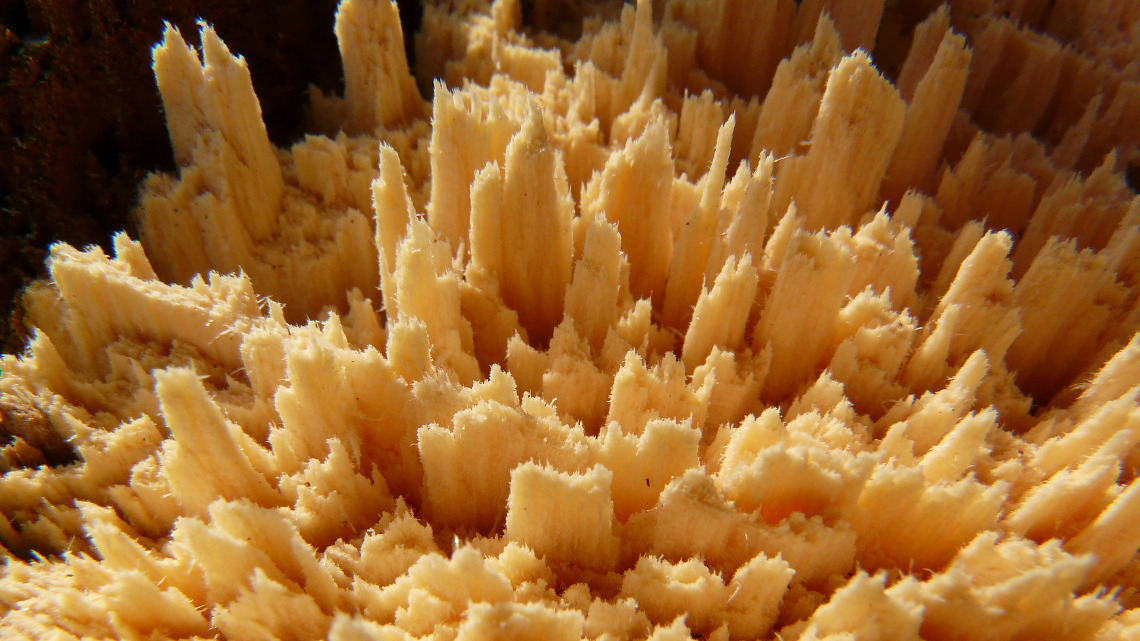Face scrub with wood instead of plastic
Fraunhofer researchers are developing bio-based and biodegradable alternatives to microplastics. They use cellulose particles derived from wood or crops.

Huge amounts of packaging waste accrue every day and much of it ends up polluting our oceans. However, not only the large pieces of plastic are dangerous to the environment but also the much smaller pieces of microplastic. And yet, they are still widely used in cosmetic care products such as scrubs and wash peelings. Researchers at the Fraunhofer Institute for Microstructure of Materials and Systems IMWS now developed a bio-based and – perhaps even more importantly – biodegradable alternative.
Microplastic cannot be filtered out
Microplastic is not only used in body scrubs in order to gently remove dead skin, but also in toothpaste where its supposed to remove plaque. Moreover, due to their chemical resistance and their color-, odor- and tastelessness, they are also often used as stabilizers and fillers, for instance in deodorants. Microplastic are made of polyethylene or polypropylene, neither of which is biodegradable. Unfortunately, due to their size, microplastics can not be filtered out in sewage treatment plants either, and thus they enter into the fresh water and in the end even into our food chain without any hindrance.
Optimising cellulose particles
The project "KosLigCel" funded by the Federal Ministry of Education and Research (BMBF) was part of the BioEconomy Leading-Edge Cluster. Together with CFF GmbH, a company processing pulp in Gehren in Thuringia, and Skinomics GmbH from Halle (Saale), Fraunhofer IMWS researchers have successfully developed alternatives made of biodegradable materials.
The goal was to develop a the cost-effective production of biodegradable cellulose particles from beech wood, oats, wheat and maize, which meet the requirements for grinding and cleaning performance in dental and skin care products. To achieve this, first the cellulose particles had to be processed so that their size, shape, hardness and surface structure led to the desired product properties. This optimization process was accompanied by microstructure analysis at the Fraunhofer IMWS.
Plenty of future applications
"After two years of research work with the project partners, we have achieved very good results: a test toothpaste with the optimized beech wood cellulose particles is characterized by a low abrasion effect, but nevertheless good cleaning performance," says Sandra Sarembe, project coordinator at Fraunhofer IMWS. According to the research team, cellulose particles have in fact comparable effects in cosmetic products as a substitute for polyethylene. In addition, they are biodegradable in the water and can be produced inexpensively. They can even be used as a filler in aluminum-free deodorants. The future holds a wide range of possible applications for cellulose as a bio-based filler – from cosmetics to medical products.
jmr


